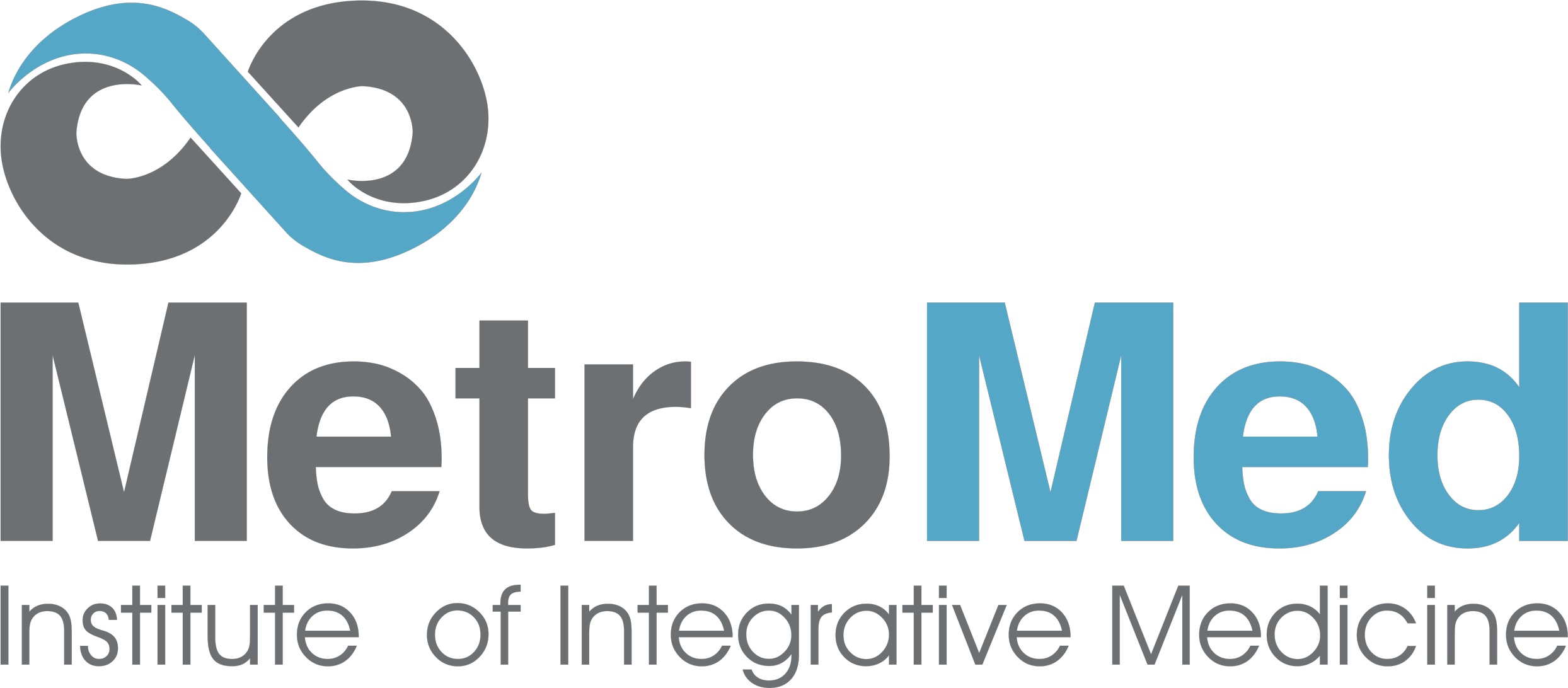Some children are not growing as fast as their peers. These are children who probably will not reach normal height by adulthood without some type of intervention. The culprit could be a pituitary gland that isn’t producing enough growth hormone.
A child’s maximum height is usually determined by genetics. A child’s parents could predispose them to a below average height. And while most children will follow their parents’ growth pattern, those between age 4 and puberty grow about 2 inches a year and even faster after puberty. If this is not the case, HGH or growth hormone therapy delivered by daily injection is helping children to grow.
A parent may notice slow growth in infancy and as the child ages. To determine if HGH therapy is a solution, the child’s pediatrician should be consulted. He/she will monitor the child’s growth curve over a period of months and may order a blood test, x-rays or an MRI. The therapy is usually only recommended if a child is growing less than two inches a year and the reason for the growth deficiency is determined.
Treatment involves daily injections for a minimum of six months prior to puberty and could extend to more than a year. The condition should be treated as early as possible to allow the child to grow to a near normal height. It is possible to see at least a 4 inch gain in height the first year and 3 or more inches over the next 2 years.
HGH therapy does not work for every child and may carry side effects such as bloating and abdominal pain, nausea and vomiting, breast enlargement, edema and fatigue. The decision to begin HGH therapy should be determined with the help of a child’s physician after testing and monitoring results are complete.


